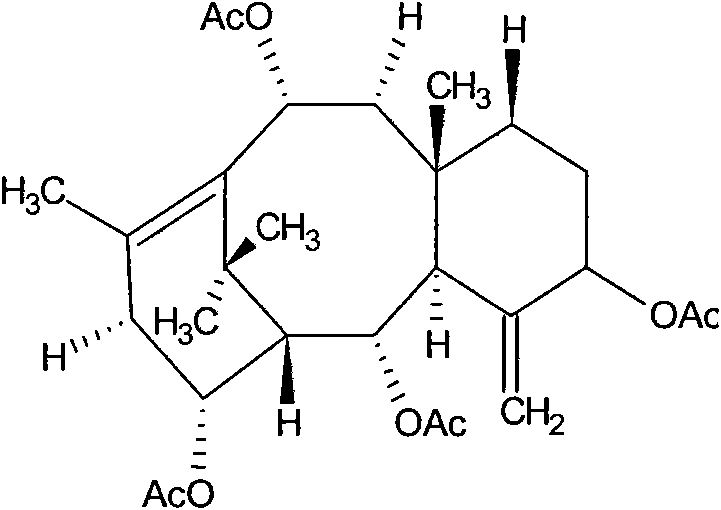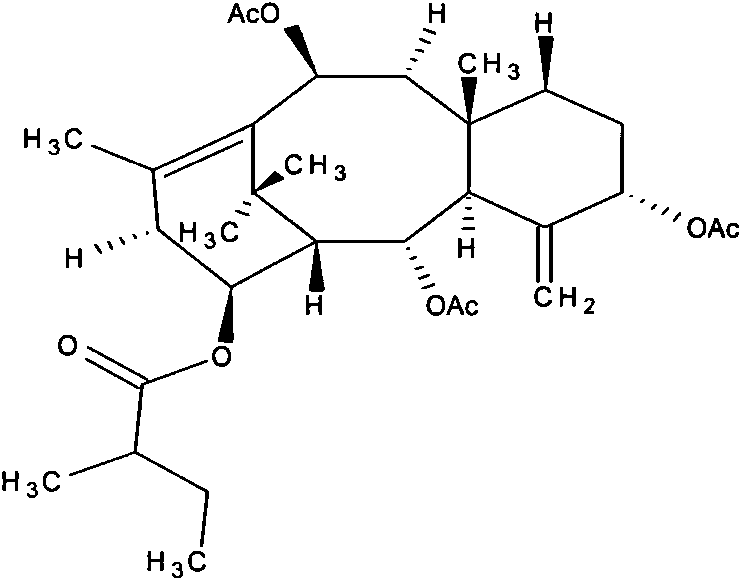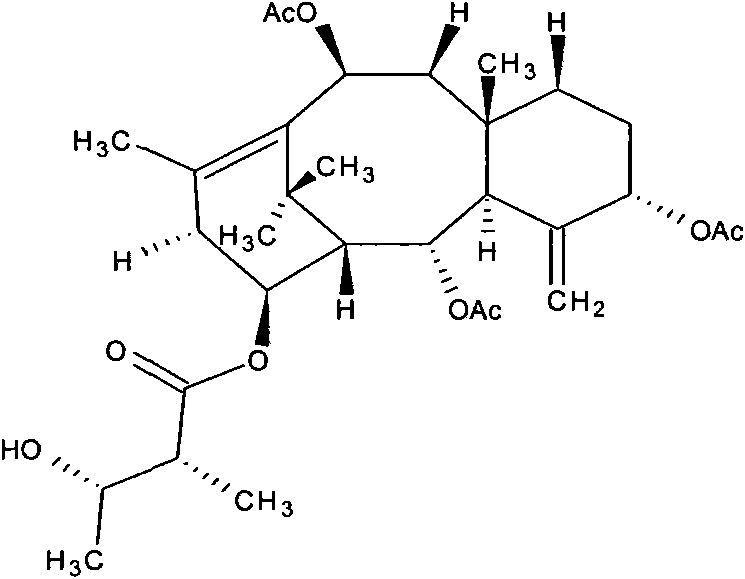Method for decreasing content of C-14 oxygenated taxoids in Taxus x media cells by using RNA interference technique
A mandia yew, RNA interference technology, applied in recombinant DNA technology, biochemical equipment and methods, DNA/RNA fragments, etc., can solve problems such as reducing synthesis
- Summary
- Abstract
- Description
- Claims
- Application Information
AI Technical Summary
Problems solved by technology
Method used
Image
Examples
Embodiment 1
[0029] Embodiment 1: use the method of the present invention to effectively reduce the synthesis of C-14 oxidized taxanes in Taxus x media (Taxus x media) cells, and target taxus taxane 14β hydroxylase gene (abbreviated 14OH) fragment The constructed RNA interference vector was introduced into the cultured cells of Taxus x media. Through the optimization of the transformation method and a period of cultivation, the expression level of the 14OH gene in the Taxus chinensis cells and the three C-14 oxidized taxanes sinenxan A, sinenxan C, and Yunnanxane in the Taxus chinensis cells were improved. The total content is reduced.
PUM
 Login to View More
Login to View More Abstract
Description
Claims
Application Information
 Login to View More
Login to View More - R&D
- Intellectual Property
- Life Sciences
- Materials
- Tech Scout
- Unparalleled Data Quality
- Higher Quality Content
- 60% Fewer Hallucinations
Browse by: Latest US Patents, China's latest patents, Technical Efficacy Thesaurus, Application Domain, Technology Topic, Popular Technical Reports.
© 2025 PatSnap. All rights reserved.Legal|Privacy policy|Modern Slavery Act Transparency Statement|Sitemap|About US| Contact US: help@patsnap.com



